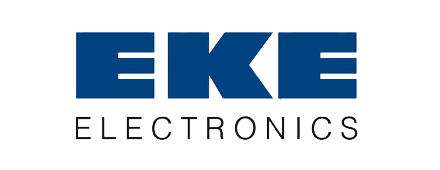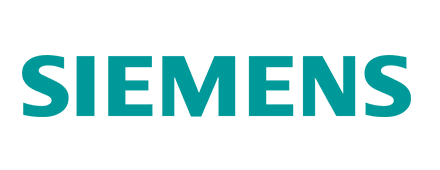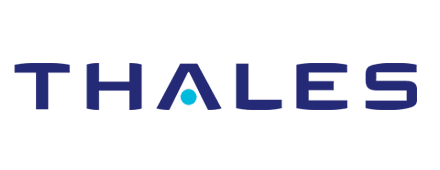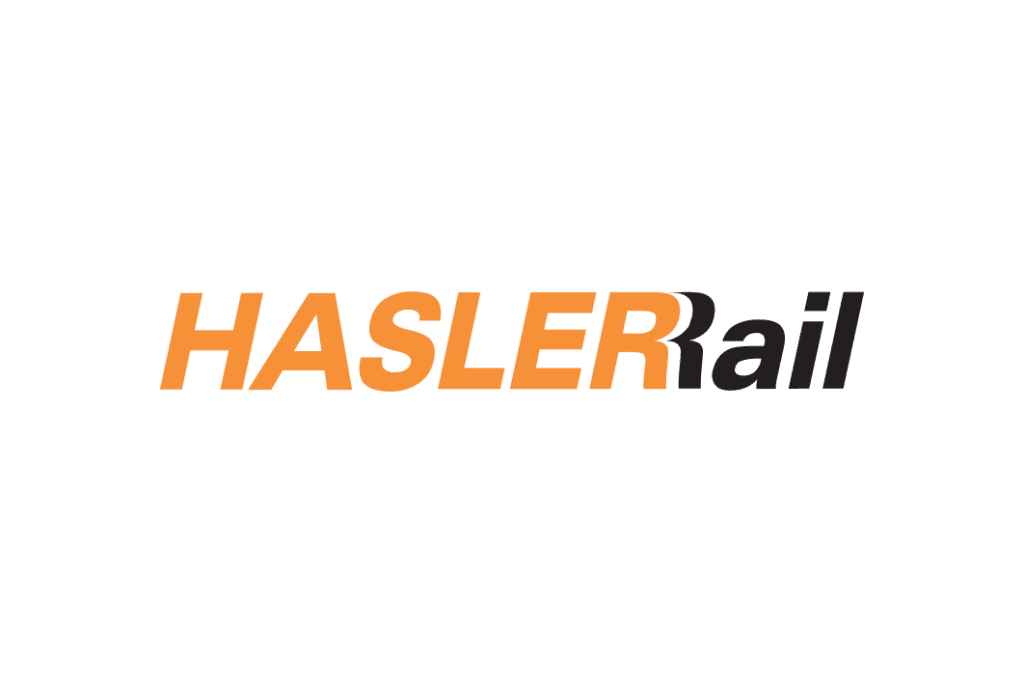Embedded systems are becoming increasingly important in system technologies such as traffic management and train protection as well as on-board systems. In this industry the costs of software failure can be huge, resulting in recalls, brand reputation and even loss of life. Together with adoption of international standards this is driving industry leaders to improve safety-critical software quality.
Railways standards
The railways sector has rigorous safety standards. CENELEC (the European Committee for Electrotechnical Standardization) produces the main standard for the railway industry, EN 50128. The international published version of the CENELEC EN 50128 standard is IEC 62279. The content of both publications is identical.
The EN 50128 / 50657 standards outline procedures and technical requirements for the development of programmable electronic systems for use in railway applications. It is applicable to all cases where safety is, or may be, a consideration. The EN 50128 standard also requires use of coding standards such as MISRA and CERT.
The standard EN 50657:2017 specifies the process and technical requirements for the development of software for programmable electronic systems for use in rolling stock applications. The standard adapts EN 50128:2011 for the application in the Rolling Stock domain, but is shares a lot in common including the definition of the Software Integrity Levels and use of coding standards.
For further information please see the links below:
Enhancing Embedded Software Quality to Optimize Railway Industry Performance
Embedded software plays a pivotal role in the railway industry, driving remarkable advancements and improving operational efficiency. However, the significance of ensuring high-quality embedded rail software cannot be underestimated, given the potential risks associated with rail software failures. To address these risks, industry leaders are focusing on enhancing the quality and safety of embedded software in critical areas. This proactive approach involves implementing stringent standards, conducting rigorous testing processes, and fortifying cybersecurity measures. Additionally, the adoption of predictive maintenance techniques aids in identifying and preventing software-related issues, contributing to passenger safety and optimizing railway operations.
Recognizing the criticality of embedded software, the railway industry places great emphasis on adhering to stringent quality standards during the software development lifecycle. This includes following industry best practices, leveraging established safety standards, and conducting comprehensive testing and validation procedures. Thorough functional testing, performance testing, and security testing are employed to identify and rectify any potential flaws or vulnerabilities in the embedded software. These efforts collectively enhance the quality, reliability, and safety of embedded software systems, minimizing the risk of failures that could compromise passenger safety.
EN 50128
Railway applications – Communication, signalling and processing systems
EN 50657
Railway applications – Rolling Stock Applications – Software on Board Rolling Stock
MISRA C/C++
Guidelines for the use of the C/C++ languages in critical systems
CERT C/C++
Secure Coding Standard
QA Systems testing tools
QA Systems enables organisations to accelerate EN 50128 / 50657, MISRA and CERT standards compliance with automated static and dynamic testing tools:
























